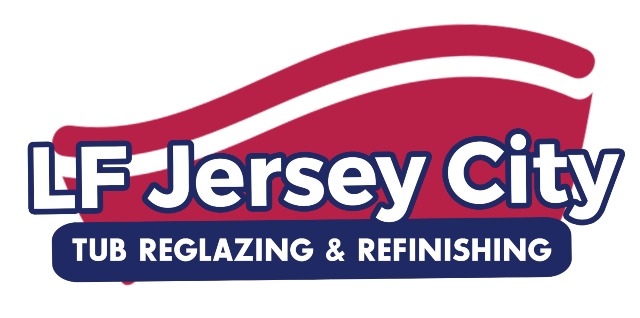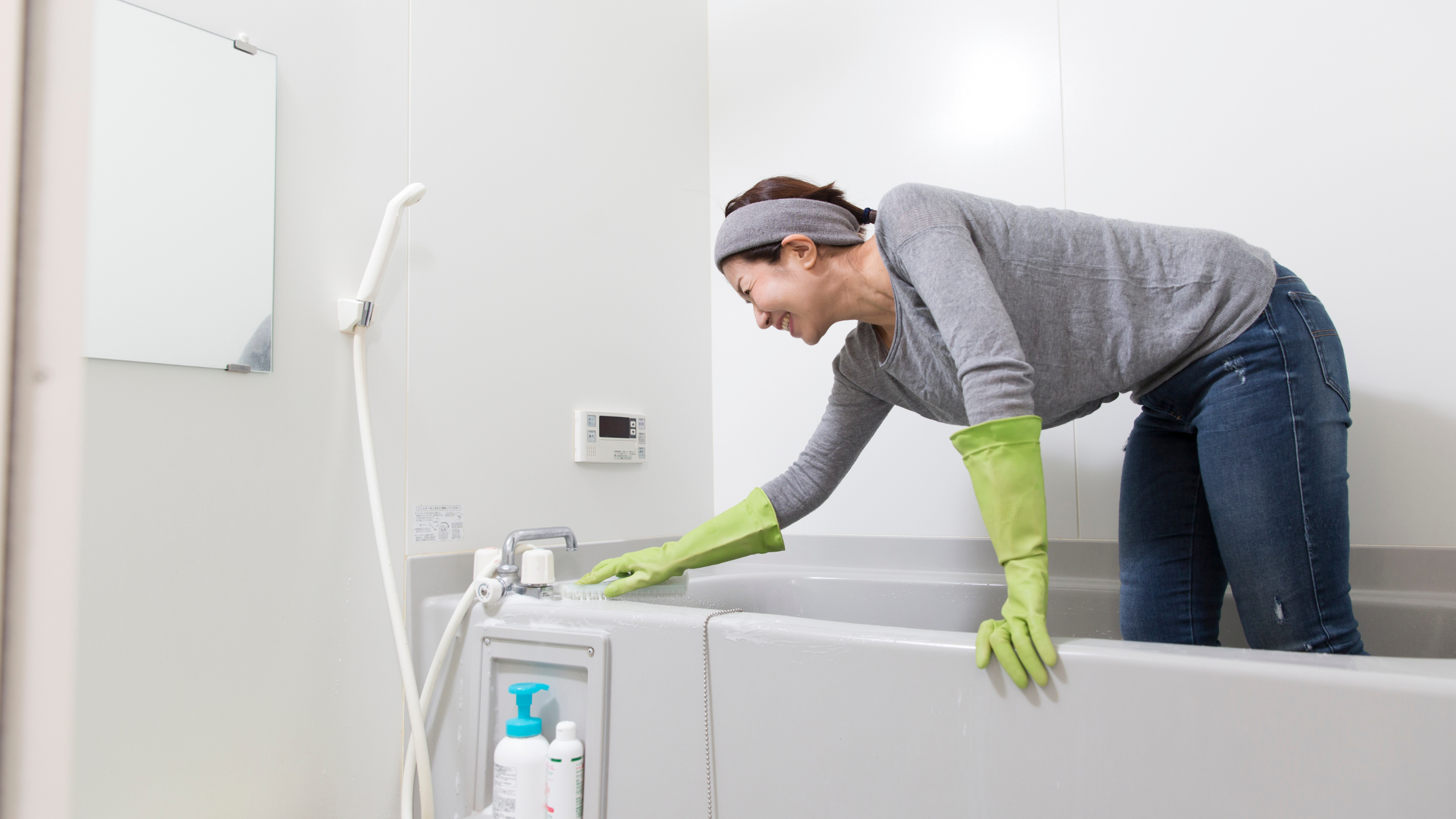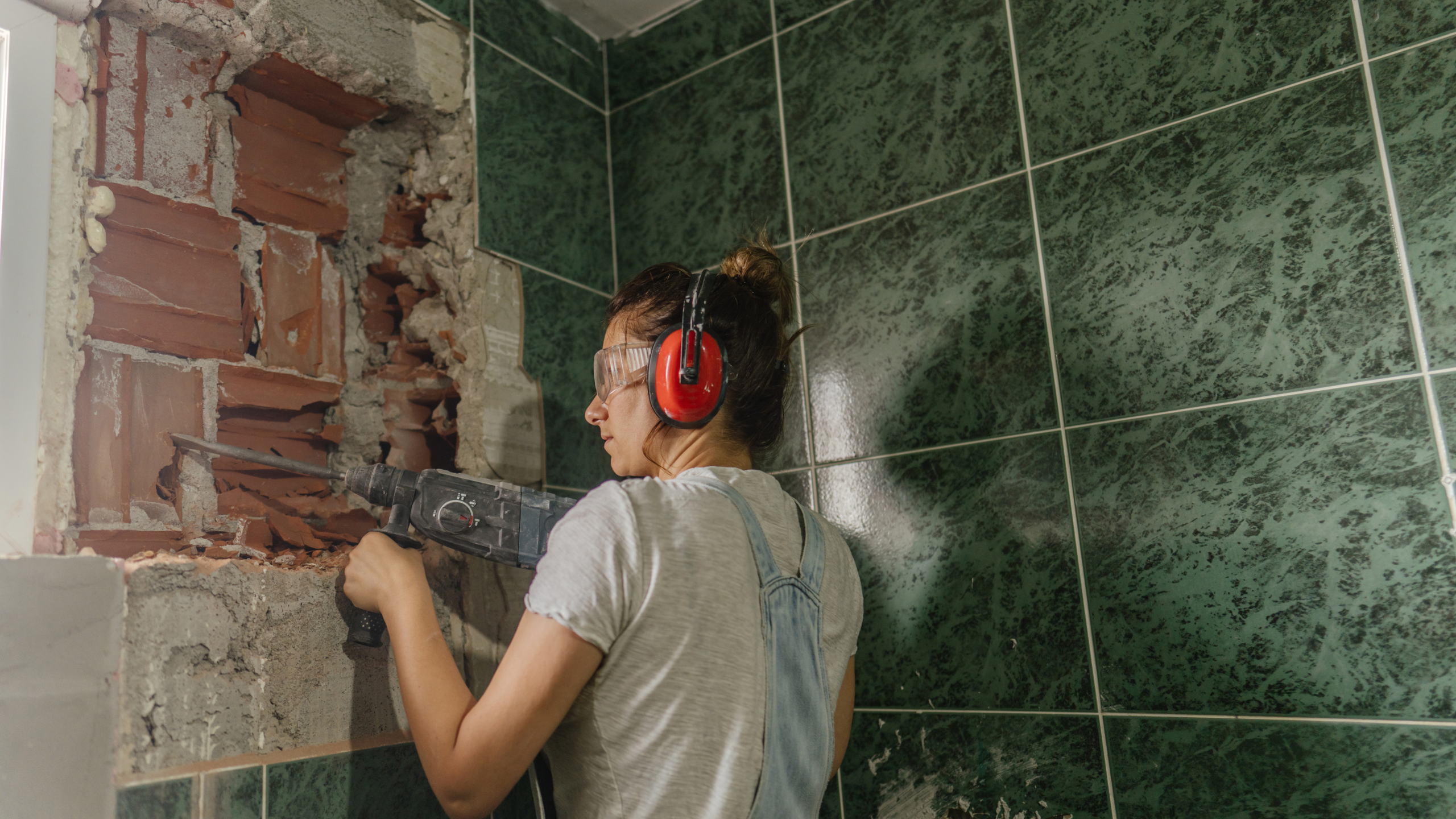When the glaze on your bathtub begins to peel:
Peeling bathtub glaze indicates the need for reglazing. There may be a need for bathtub reglazing if the peeling is severe. When the chemical link is broken due to improper reglazing of the tub, peeling marks occur. The tub’s paint is flaking off, and the resulting marks will only get worse over time. If you have children, you should strip and resurface your bathtub as quickly as possible to avoid damage caused by flaking resurfacing materials or, in rare cases, paint particles being ingested.
In the event that you find chips in the porcelain coating of your bathtub:
It may be time to get it reglazed. Extremely fragile ceramic shatters into sharp, tub chipping. If chips are an issue in your bathtub, reglazing is the way to go. It’s important to get your tub professionally reglazed to avoid rust stains and further surface damage.
Bathtubs need to be reglazed when they lose their luster.
If your tub has lost its luster, having it reglazed could be the answer. After being reglazed, your bathtub will look like new.
Bathtub reglazing becomes necessary when regular cleaning methods fail:
If your bathtub is beyond cleaning, reglazing it is the best option. Imagine being in a pottery class where you get to put your finished product through a kiln. Your finished product will be smooth and sealed, making it easy to clean and suitable for use as a drinking vessel. Bathtub reglazing becomes necessary after prolonged use of abrasive cleansers on the surface. Damage from dirt and soap scum is more likely to occur on porous porcelain that has had its glaze stripped. The glaze is probably still on your bathtub’s outside. No one scrubs the exterior of their tub using abrasive cleaners.
If you’re ready to get rid of your outdated pink, blue, green, or red tub, bathtub reglazing is the finest solution, provided you have it done correctly.
Bathtub refinishing is the process of repairing and replacing the worn and damaged surface of an old bathtub. Refinishing a bathtub is also known as reglazing a bathtub or re-enameling a bathtub. The method often includes fixing any broken parts. Repairing chips or cracks with Bondo or another polyester putty. After the repairs are done, an acid etching is utilized to get the surface ready for usage. Engraving provides a mechanical bond. Because of their lack of porosity, porcelain, enamel, and fiberglass bathtubs do not provide a good surface for applying a fresh coating. Surface etching produces a porous substrate that promotes strong adherence. Before applying the coating, you can also prepare the surface with a bonding agent that improves adherence, like silane. Both methods can be used independently or in tandem. The best adhesion can be achieved by combining the two methods. Some cutting-edge methods of refinishing don’t even require etching because they rely solely on silane. Primers and topcoats are applied after the surface has been prepped. It is common practice to coat bathtubs with a catalyzed two-component cross-link synthetic white coating, although this coating lacks the durability and abrasion resistance of the original glass-enamel coating.
New bathtub finishes can be made from epoxies, urethanes, hybrid polyester-polyurethane coatings, or polymers. These finishes can be brushed, rolled, or sprayed on.
Although do-it-yourself (DIY) bathtub repair kits are available at hardware shops, some homeowners may find it more convenient to employ a firm that specializes in repairing their tubs. Most do-it-yourself kits rely mainly on epoxy adhesive, which doesn’t produce as strong of a bond and speeds up their degradation. If professional spray equipment wasn’t used, the finished product could have brush or roller marks.





